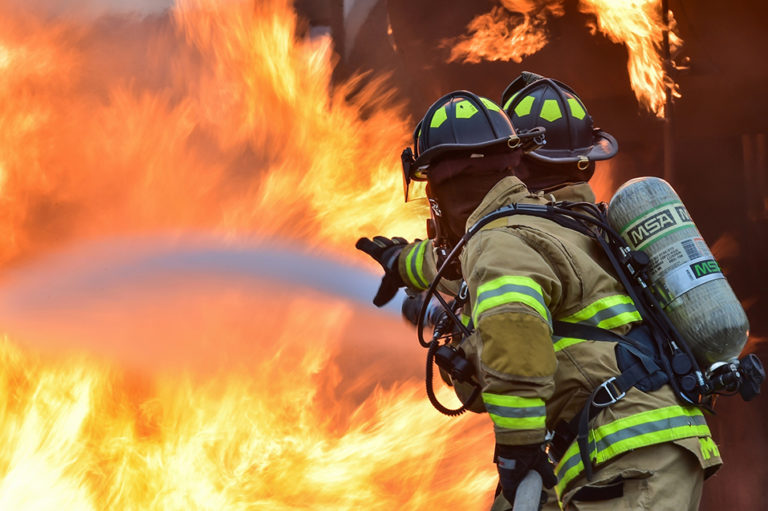A while back, I was talking with a friend, and we got on the topic of smoke alarms. She told me about an incident at her home where the smoke alarm was triggered in the night (thankfully, by an accidental cause and not an actual blaze), but her daughter did not wake up.
The alarms in her home are wired together, so all of them were blaring, but the daughter remained asleep until my friend reached her room, which was two floors away, and physically shook her awake.
The increased use of synthetic materials in furniture, carpets, curtains, and other home fixtures has created a dramatic change in the flammability of these furnishings. The “Today” show recently did a demonstration to show the amount of time it takes for a modern home to become engulfed in flame versus one from 30 years ago.
The experiment showed, whereas in the past you may have as much as 17 minutes to escape a fire in your house, the number is now three to four minutes, tops. In fact, the Red Cross and other fire expert agencies estimate the time as closer to two minutes before a spreading fire will prevent safe escape.
For my friend, that’s a scary number, considering the time it took for her to realize her daughter was not awake and get down to her bedroom to rouse her. So why didn’t she wake up? Considering the ambient noise of a home at night is approximately 40 decibels (dB), and a standard residential smoke alarm is required to emit a minimum of 75 dB at “pillow level,” shouldn’t it be sufficient volume to awaken someone?
As it turns out, not necessarily, and especially not when it comes to children and young adults. Initial tests in an ongoing research study at the University of Dundee in Scotland showed over 80 percent of their subject children did not awaken when a standard smoke alarm was triggered.
The study revealed children don’t respond to the same frequencies and tones as adults, and the sounds necessary to awaken them can even differ between boys and girls. For the next stage, the university teamed up with Derbyshire Fire and Rescue Service to further investigate what type of sound might overcome this issue.
Some factors are known. Children do not have an instinctive sense of danger from the sound a smoke alarm makes. It’s something that must be taught and recognized. In addition, children’s brains interpret and respond differently to stimuli than an adult’s when asleep, so researchers believe the sound may be perceived as unimportant to a developing brain.
Another suspected factor is deep sleep (sometimes called Stage 3, slow-wave, or NREM3 sleep). Even adults are difficult to awaken while in this stage, and if they are, they are often groggy and slow to comprehend their environment. Children spend more time in deep sleep than adults, up to 30 percent of their night, because this is the time hormones are released in their body for growth and development. Thus, they spend more time in a state which is slow to respond to any stimuli.
Some preliminary findings in the University of Dundee study showed improvements in alarm response when sleeping children were subjected to lower tones and a female voice in place of the standard alarm sound. The initial tests succeeded in waking 94 percent of the children in the study.
There are currently few devices available on the market which either contain or can be personalized with a human voice, and they are mostly outside of the U.S. However, as the research continues to offer new findings, and smart home devices become more common, there will be opportunities for smoke alarm manufacturers to improve on their products.
In the meantime, the best thing you can do is teach your children to react to a smoke alarm. Trigger your alarms so kids are familiar with the sound. Test them while family members are behind closed bedroom doors to make sure the alarm can be heard. Conduct drills, especially at night while the kids are asleep, so their brains are trained to respond to the sound. And of course, have your fire escape plan prepared in advance!
